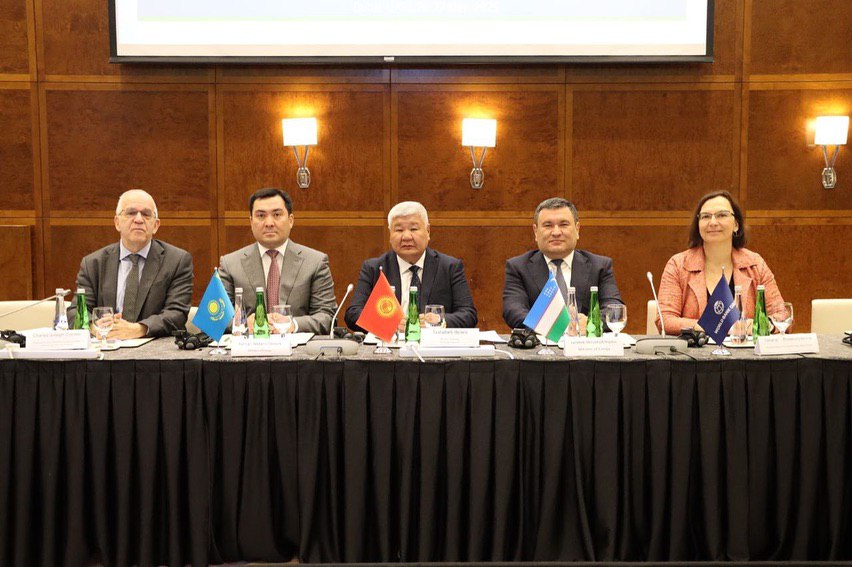Dubai Hosts Talks on Major Central Asian Hydropower Project
On May 26-27, 2025, energy ministers from Kazakhstan, Kyrgyzstan, and Uzbekistan met in Dubai, United Arab Emirates, for the second high-level meeting on the Kambarata-1 Hydropower Plant (HPP) project. The meeting was organized with the support of the World Bank, according to Kyrgyzstan’s Ministry of Energy. Kambarata-1 is a flagship regional initiative designed to enhance energy security and water management across Central Asia. The planned hydropower facility, with a capacity of 1,860 megawatts, will be constructed on the Naryn River in Kyrgyzstan. The delegations were led by Energy Ministers Yerlan Akkenzhenov (Kazakhstan), Taalaibek Ibraev (Kyrgyzstan), and Jurabek Mirzamakhmudov (Uzbekistan). High-level representatives from the finance and water ministries of the three countries also participated. During the meeting, the ministers formally requested technical assistance from the World Bank. This includes an updated feasibility study, environmental and social impact assessments, and the development of a robust financial and commercial implementation model. The World Bank delegation featured several senior officials, including Tatiana Proskuryakova, Regional Director for Central Asia; Carolina Sánchez-Páramo, Director for Strategy and Operations in Europe and Central Asia (ECA); Charles Joseph Cormier, Regional Infrastructure Director for ECA; and Stephanie Gil, Program Leader for Energy. “We are pleased to support the governments of Kazakhstan, Kyrgyzstan, and Uzbekistan in advancing the Kambarata-1 project,” said Proskuryakova. “It will bring major economic and social benefits to the region.” The ministers reiterated their commitment to the project, describing it as a cornerstone of regional energy integration. Participants reviewed progress since the first roundtable in Tashkent in January 2025. Discussions focused on revised cost estimates, grid modernization needs, financing strategies, and the importance of strong environmental and social safeguards. Kazakhstan’s Yerlan Akkenzhenov highlighted the collaborative nature of the initiative: “Kazakhstan fully supports this project and will continue working closely with its regional partners.” Kyrgyzstan’s Taalaibek Ibraev underscored the national significance of the HPP: “This project is the foundation of Kyrgyzstan’s energy strategy. We are proud to implement it in partnership with Kazakhstan and Uzbekistan.” Uzbekistan’s Jurabek Mirzamakhmudov referenced the tangible progress already made: “With joint efforts and international backing, we are confident in our ability to realize this project according to global standards.” The ministers agreed on specific next steps and timelines for project preparation and pledged to hold regular meetings to ensure steady progress. As previously reported by The Times of Central Asia, the Kambarata-1 HPP will be located in the upper reaches of the Naryn River in Kyrgyzstan. Once completed, it is expected to generate approximately 5.6 billion kilowatt-hours of electricity annually. The estimated construction cost exceeds $4 billion.

